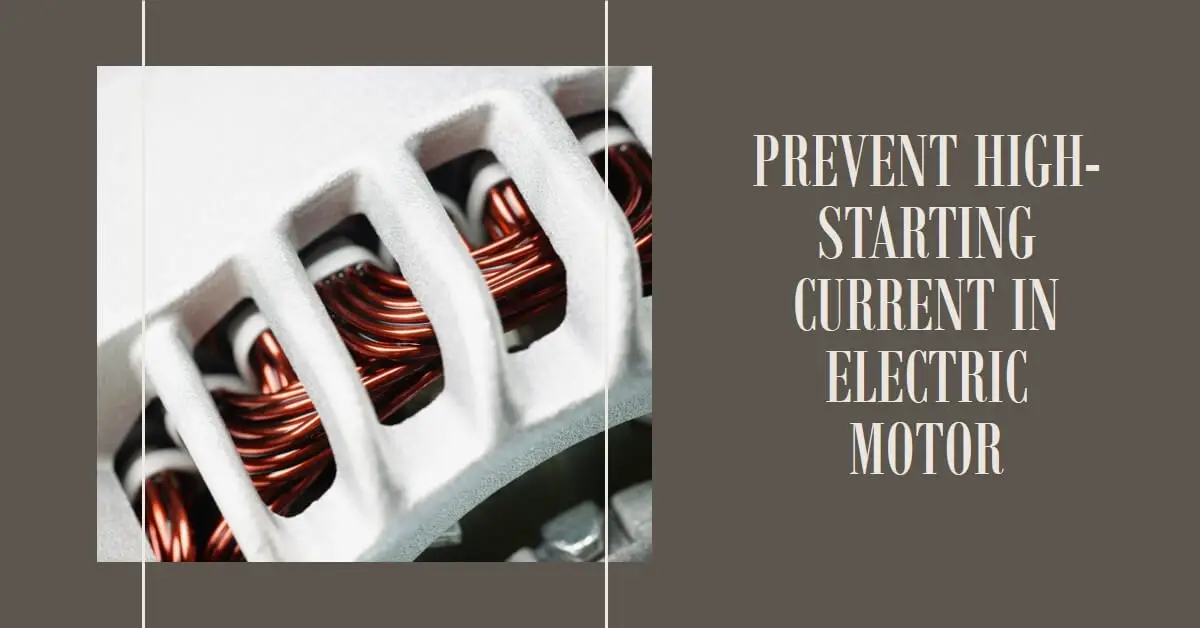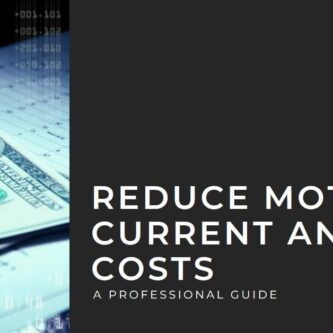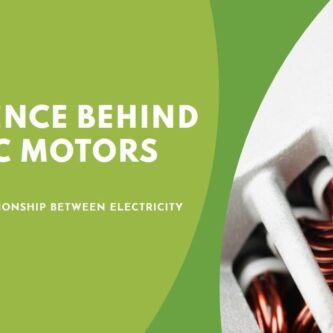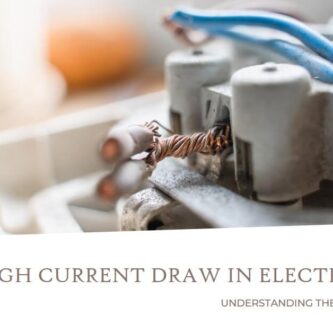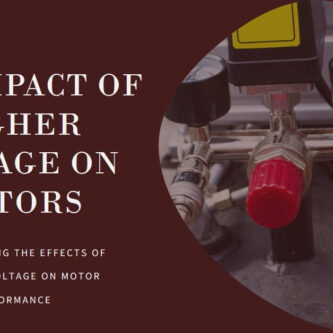Image: “Article Feature Image” by Bing is licensed under CC BY-NC-SA 4.0. Source: Bing Graphic Art. License: CC BY-NC-SA 4.0.
High starting currents in motors can lead to various issues, including stress on electrical components, increased power consumption, and reduced motor lifespan.
Therefore, it is crucial to implement preventive measures to mitigate these problems. To prevent a high-starting current in a motor, various methods can be employed, including proper motor selection, soft starting techniques, reduced voltage starting methods, adjusting supply voltage, controlling the mechanical load, and managing motor temperature.
This article will explore the causes of high starting current, its consequences, and effective strategies to prevent it.
Understanding Starting Current
Starting current refers to the current drawn by a motor when it is initially switched on. Several factors contribute to high starting current, such as motor design and specifications, mechanical load, supply voltage, and motor temperature. Understanding these factors is essential for finding suitable solutions.
Consequences of High Starting Current
High starting current can have detrimental effects on motor performance and reliability. It places excessive stress on electrical components, such as the motor windings, and can lead to insulation breakdown and premature failure.
Moreover, it results in increased power consumption, leading to higher energy costs. Additionally, the continuous operation of a motor with a high starting current can shorten its overall lifespan.
Furthermore, high starting currents can cause circuit breakers to trip, resulting in interruptions and downtime.
Prevention Methods
To prevent a high starting current, several effective methods can be employed:
1. Proper motor selection and sizing
Choosing the right motor that matches the load requirements is crucial. Considering factors such as starting torque and acceleration time ensures that the motor is adequately sized for the application, reducing the likelihood of high starting current.
2. Soft starting techniques
Soft starters gradually ramp up the voltage and current during motor startup, reducing the sudden surge in current.
This technique minimizes stress on electrical components and avoids voltage drops in the power supply.
Common soft starting methods include the star-delta starter, autotransformer starter, and variable frequency drives (VFDs).
3. Reduced voltage starting methods
Reduced voltage starting methods involve starting the motor with a lower voltage to limit the current surge.
Primary resistor starters, reactance starters, and solid-state starters are some examples of reduced voltage starting methods.
4. Adjusting supply voltage
By regulating the supply voltage, it is possible to control the starting current. Voltage regulation devices and buck-boost transformers can be used to maintain the voltage within an acceptable range, reducing the starting current.
5. Controlling mechanical load
Reducing friction and resistance in the mechanical system can help minimize the load on the motor during startup.
Proper lubrication and maintenance of equipment ensure smooth operation and reduce the strain on the motor.
6. Temperature management
Implementing cooling systems and thermal overload protection mechanisms can prevent high starting current caused by excessive motor temperature.
Maintaining optimal operating temperatures ensures the motor operates efficiently and reduces the risk of overheating.
Read also my article: Unveiling the Mystery: What Causes High Current Draw in Electric Motors?
Conclusion
Preventing high starting current is crucial for ensuring the efficient and reliable operation of motors.
By implementing proper motor selection, utilizing soft starting techniques, employing reduced voltage starting methods, adjusting supply voltage, controlling the mechanical load, and managing motor temperature, the detrimental effects of high starting current can be mitigated.
By employing these preventive measures, industries can enhance the performance and longevity of their motors while reducing energy costs and avoiding unnecessary downtime.
you work With Electricity! Don’t leave empty-handed!
Looking to stay ahead of the game in the world of electrical engineering? Subscribe to my YouTube channel and gain access to exclusive content you won’t find anywhere else!
The staff I recommend (Amazon Affiliate Links to products I believe are high quality):
- Economy 120 Volt/60Hz AC Power Source – Step-Down Voltage & Frequency Converters 1800W
- UNI-T Digital Multimeter Tester UT139C
- 50-Amp Extension Cord for RV “100ft”
- Voltage Stabilizer 110/220v
- Hair Dryer “best selling“
- TOSHIBA EM131A5C-BS Countertop Microwave Ovens
Disclaimer: This contains affiliate links to Amazon products. I may earn a commission for purchases made through these links.

